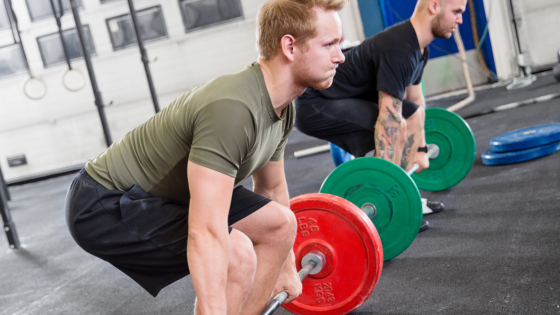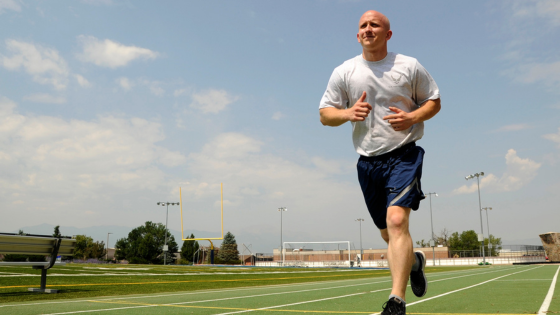

Making Linear Periodization Work For Non-Beginners
Linear Periodization is a method of training that involves increasing weight, reps, or sets to exercises in a consistent manner. It is generally easy to under and simple to use, which is why it is often appealing for people new to lifting. Many experienced lifters may dismiss linear periodization because it is associated with beginners and because it is a generally slow and unglamorous method especially as people approach their peaks.

Work Out Smarter, Not Harder
A training program does need to be smart in order to produce long term gains in a safe and effective manner. A well designed program uses periodization, the manipulation of training variables (sets, reps, weight, intensity, etc.), in order to keep workouts challenging over time as you get stronger, and ensure optimal gains.

Work Out Harder, Not Smarter
Working out harder is the primary goal of a smart training program. You shouldn’t worry about having the perfect program, and should focus on putting in the effort if you want results, especially in the long-term.

Why Strength Fluctuates
Strength fluxuations are a natural part of training and aren’t necessarily a sign that you’re not getting stronger or something is wrong with your training program. As long as there remains an upward trend over time, you’re good! Stress, sleep schedule, recovery time, and how much you’re eating can all effect how strong - or not - you are on any given day. Disrupted training, like going on vacation or being sick, can also cause a dip in strength, but these setbacks are usually minor and getting back to your pre-break levels happens relatively quickly. The changes in strength can often be small numbers, too small to be noticed when the minimum weight you add is at least 5 pounds. The use of smaller fractional plates help make the flucuations in strength more clear.

Optimal Pectoral Size Training
There are different strategies for training pectorals depending on if your goal is size, strength, or a combination of both. In general, the muscles in the upper body recover more quickly, meaning that you can/should train those lifts more frequently. The pectorals benefit from exercises that push wider ranges of motion - which is why the barbell bench press isn’t the ideal exercise for increasing pec size. Paused reps, “squeezing,” and slow, deliberate movement are key. Inclines and variations are also important to target all of the pectoral muscle fibers. Be sure to include horizontal presses, vertical presses from below, and the incline fly.
